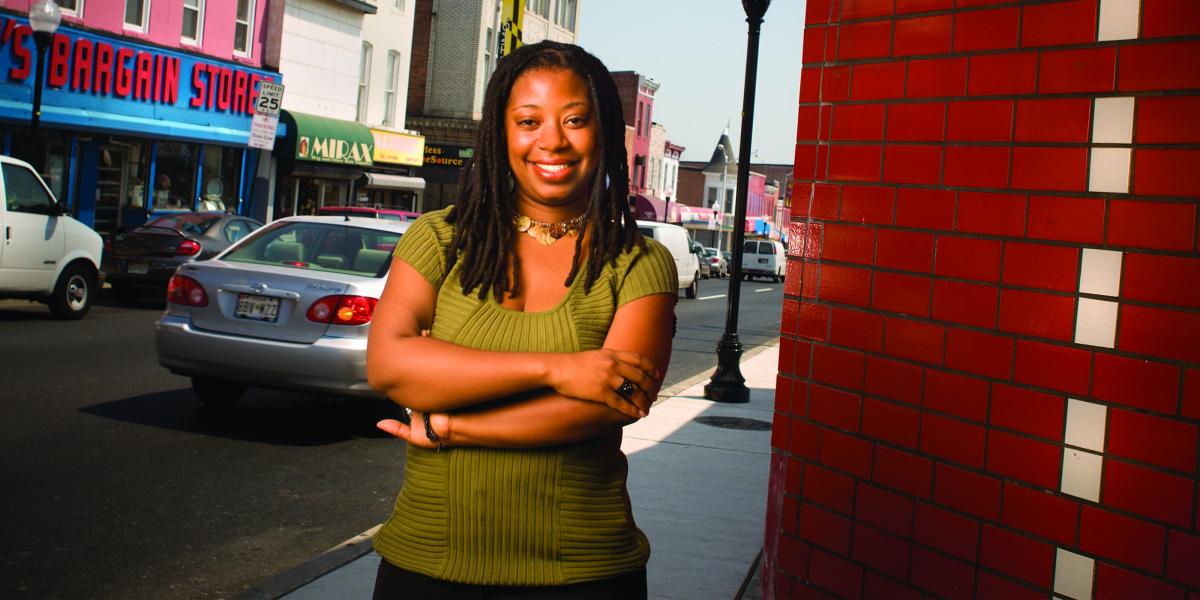The Science Translator
More than 20 million Americans—7 percent of the U.S. population—have diabetes. And African Americans and Hispanics are almost twice as likely as whites to have diabetes. Among African Americans, diabetes-related complications such as amputations and kidney disease are also substantially higher. "That's why we're focusing on this population," says Tiffany L. Gary, PhD '00, MHS '98, a lead researcher for Project Sugar 2. She is now poring over data from the Baltimore-based study, which used nurse case managers and community health workers to help 542 African Americans with diabetes. Gary, an Epidemiology assistant professor, and her team want to know if this model can help patients better adhere to medication regimens and diet requirements, and help physicians understand their patients in a broader context. Project Sugar 2 is one of the largest diabetes intervention studies among African Americans.
Project Sugar is about translating science into real world clinical practices and the community. People with diabetes are not always aware of all the things they need to do to stay healthy. At the beginning of the study, we found only 4 percent of our participants had ever received any formal diabetes education. Only about 30 percent had been to see a nutritionist. At the clinical care level, we're far from achieving what the American Diabetes Association treatment guidelines actually say. During a typical year, people with diabetes should have several visits to their regular doctor, clinical screening tests and special visits to eye and foot doctors. But the reality is that this does not always happen for most people with diabetes. Clearly, the needs of patients are not being met.
Our nurse case manager and community health workers worked as a team to improve care. The nurse case manager helped patients with the clinical aspects of their diabetes and fed information back to participants' doctors. The community health workers helped participants with accessing benefits, transportation and other resources within the health system—things that are not traditionally focused on in diabetes care. They just helped the participants deal with the barriers they face daily that might interfere with good health.
